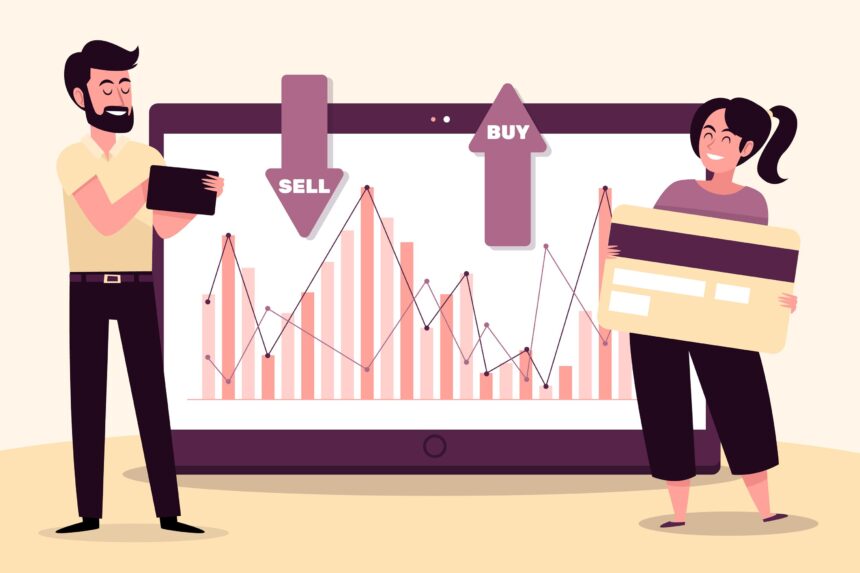Bond Yields: Interpreting the Relationship between Price and Return
Understanding the relationship between bond prices and yields is crucial for investors seeking to make informed decisions in fixed-income markets. Bond yields play a significant role in determining the return an investor can expect from holding a bond. In this article, we will explore the concept of bond yields and examine how changes in price impact bond returns.
Bond Yield Basics
Bond yield represents the rate of return an investor can expect to earn by holding a bond until maturity. It is usually expressed as a percentage and is influenced by several factors, including the bond’s coupon rate, market conditions, and the creditworthiness of the issuer.
When a bond is issued, it typically has a fixed coupon rate, which is the annual interest payment expressed as a percentage of the bond’s face value. As bonds are traded in the secondary market, their prices fluctuate, which affects the yield.
The Relationship between Price and Yield
Bond prices and yields have an inverse relationship. When bond prices rise, yields fall, and vice versa. This relationship exists because the yield is calculated based on the coupon payments relative to the bond’s price.
Let’s consider an example to illustrate this relationship. Suppose an investor purchases a bond with a face value of $1,000 and a coupon rate of 5%. The annual coupon payment would be $50 ($1,000 x 0.05). If the bond is priced at par, or $1,000, the yield would be equal to the coupon rate of 5%.
However, if market conditions change and the bond’s price rises to $1,200, the yield decreases. This occurs because the coupon payment of $50 remains fixed, but the bondholder is paying a higher price to acquire the bond. The yield is now approximately 4.17% ($50 / $1,200).
Conversely, if the bond’s price declines to $800, the yield increases. In this case, the investor is still receiving a $50 coupon payment, but they are paying a lower price for the bond. The yield rises to approximately 6.25% ($50 / $800).
Yield-to-Maturity
Yield-to-maturity (YTM) is another important concept related to bond yields. YTM represents the total return an investor can expect by holding a bond until it matures, considering both the coupon payments and the difference between the purchase price and the face value.
YTM takes into account the time value of money and assumes that all coupon payments will be reinvested at the YTM rate. It provides a more accurate measure of the bond’s potential return, especially when the bond is trading at a premium or discount to its face value.
If a bond is priced at par, the YTM will be equal to the coupon rate. However, if the bond is trading at a premium (above par) or a discount (below par), the YTM will be higher or lower, respectively, than the coupon rate.
Interpreting Yield Changes
Changes in bond yields can have significant implications for bondholders. When yields rise, bond prices fall, resulting in potential capital losses for investors who sell their bonds before maturity. Conversely, when yields decline, bond prices rise, potentially leading to capital gains for investors.
Yield changes are influenced by various factors, including shifts in interest rates, inflation expectations, economic conditions, and market sentiment. Investors closely monitor these factors to assess potential risks and opportunities in the bond market.
It is important to note that yield changes impact different bonds in varying degrees depending on their duration. Bonds with longer durations are more sensitive to interest rate fluctuations and exhibit larger price changes compared to bonds with shorter durations.
Conclusion
Understanding the relationship between bond prices and yields is crucial for bond investors. The inverse relationship between price and yield highlights the impact of market dynamics on bond returns. By comprehending this relationship and considering factors such as coupon rates, market conditions, and YTM, investors can make informed decisions and effectively manage their bond portfolios. Monitoring yield changes and their underlying causes is key to navigating the fixed-income market and maximizing investment outcomes.










